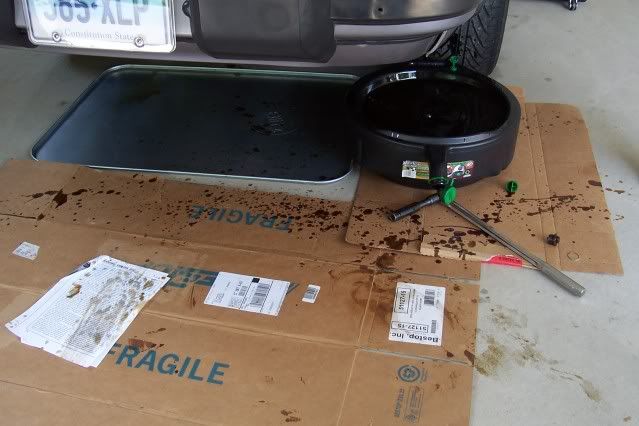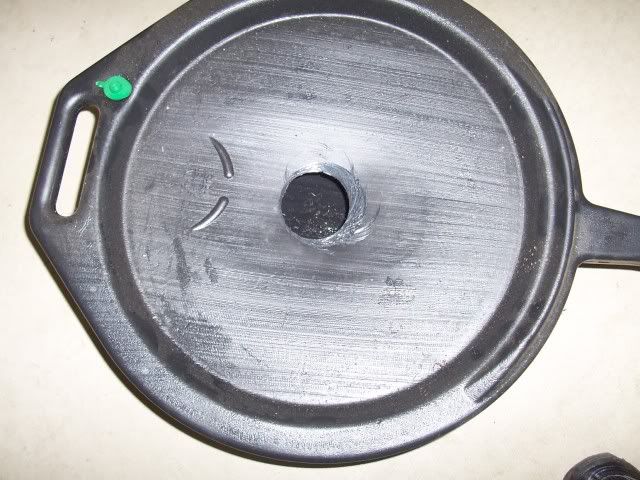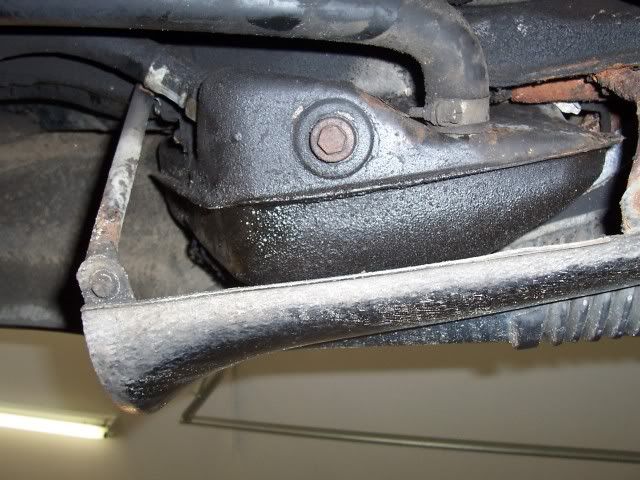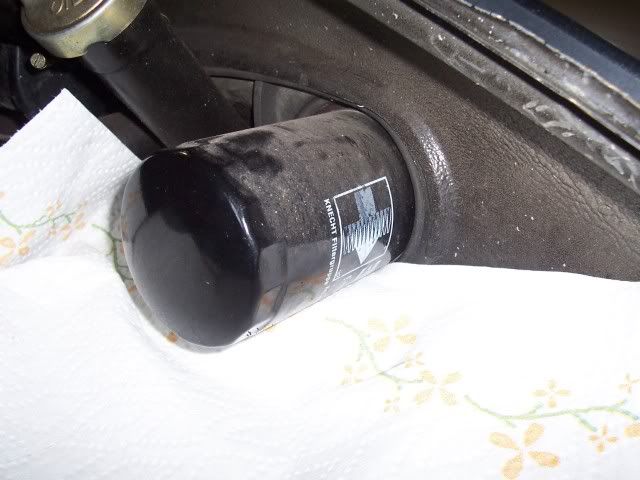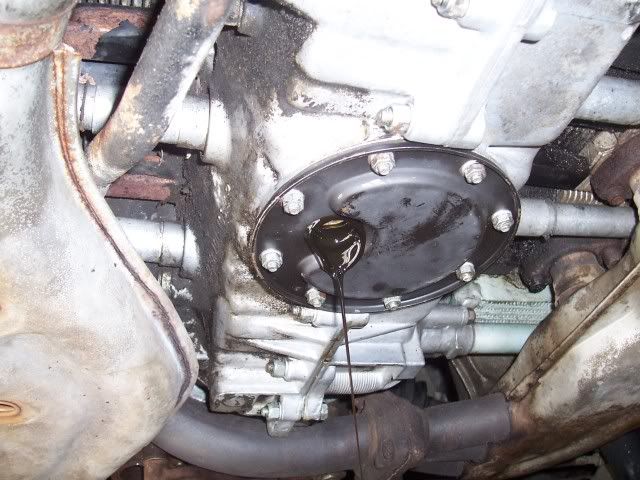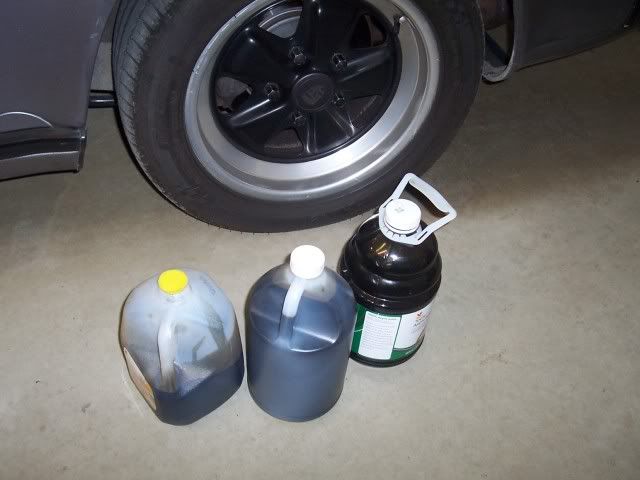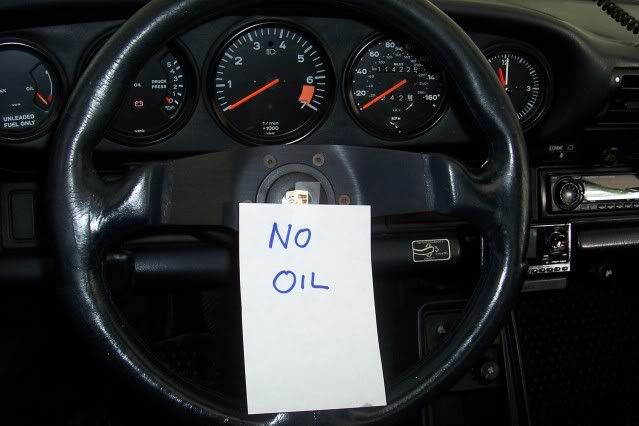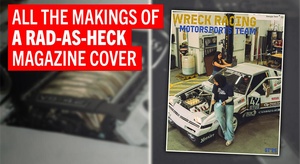Okay, back to the valve adjustment.
Porsches require a special tool to hold the feeler gauges used to measure the gap, since its impossible to get normal feeler gauges in there. And the blades break often, so you're supposed to get some spares. It's a tedious job that you need to develop a feel for.

But we're not going to play that way.
Instead of doing it the Porsche way, we're going to do a "backside valve adjustment". It's much easier and you can use normal feeler gauges. I won't go through a full explanation since others have described it very well, but, in a nutshell, if you measure the gap between the other end of the rocker arm and the cam, you can get the proper gap at valve end. Since the rocker arms don't have a 1:1 ratio, the numbers are different, but the end result is the same. In high school math class, they refer to this as The Commutative Property of Valve Lash.
You will need to remove all four valve covers and replace the gaskets, along with the washers and lock nuts. You can buy everything in a complete kit for less than thirty bucks.
Here's an illustration of what's happening, along with step by step instructions for the backside and normal methods. You still turn the engine the same way, no matter which way you measure the gap.

Traditional:
http://www.pelicanparts.com/techarticles/101_Projects_Porsche_911/18-Valve_Adjustment/18-Valve_Adjustment.htm
Backside:
http://www.pelicanparts.com/techarticles/911_backside_valveadjust/911_backside_valveadjust.htm
You use two feeler gauges and a "go / no-go" technique. You want the 0.0025 gauge to go in the gap, but not the 0.003. You will be juggling these back and forth, so it's easiest to disassemble your gauge set and identify the gauges with different colors. In this case, white is the "go" and black is the "no-go". You have to be careful with these, especially the 0.0025 gauge because they are almost as thin as foil. It's especially easy to bend the "go" gauge while trying to get it into the gap. It's best to check them several times, because you can lose the proper gap when you tighten the lock nut on the valve. The intake valves are on top and the exhaust valves are on the bottom, but you measure exhaust from above and intake from below when using the backside method.
Here I am measuring an intake valve from below (exhaust side) with my "go" gauge. The adjustment for this valve is then made from above.
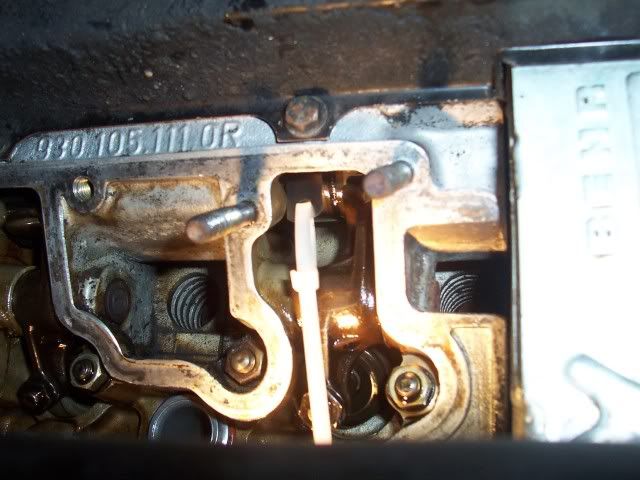
One of the most important observations that you can make when you have the valve covers off is to check for broken cylinder head bolts. Porsche cylinders bolt to the case individually, with four bolts each, 24 bolts in total. This is a common (and expensive) point of failure on Porsche engines, especially the 2.7 liter engines of the mid 70's cars (pre-SC), though it can happen to any air cooled Porsche engine. Exhaust side bolts are more prone to failure than the ones on the intake side and a broken stud may just fall out when you remove the lower valve cover. Look for six of these Allen heads bolts under each valve cover. They're in there pretty deep and are hard to see. I was very happy to find all of mine were right where they belong.
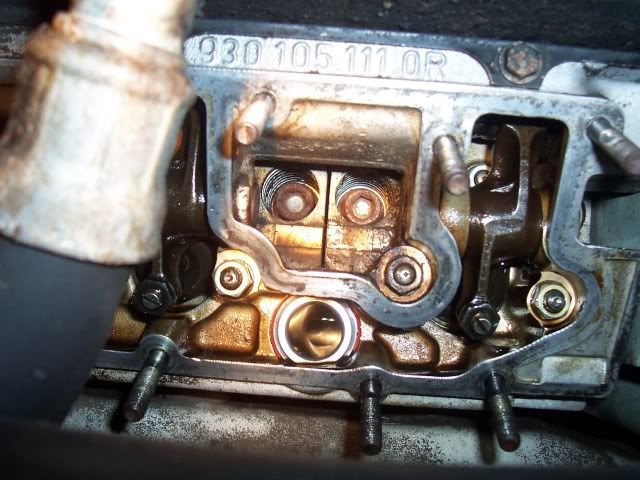
With everything adjusted and the valve covers cleaned, install the covers with new gaskets, washers and lock nuts. They do not need very much torque. If you over tighten them, they are prone to leak. Plain gaskets need to be replaced every time the covers come off, but you can also buy silicone gaskets which can be used repeatedly, though they are more expensive and don't come in a kit with the new lock nuts. Turbo valve covers are a common upgrade because they are reinforced and less prone to leaking.
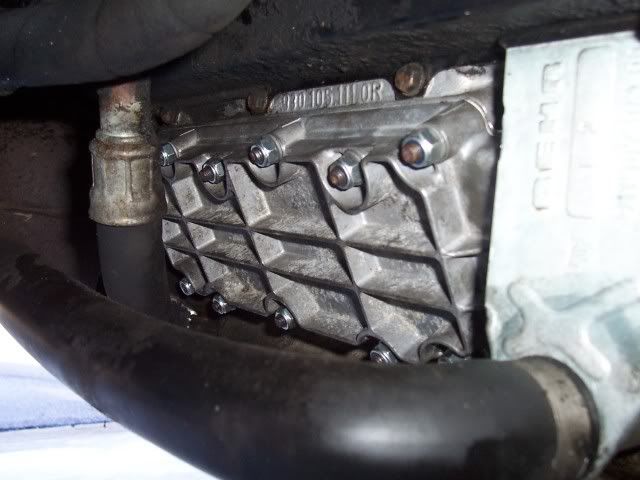
Now it's time to add oil (don't forget!). Add nine quarts and then go for a drive to bring the engine up to normal operating temperature, then check the oil with the dipstick while the engine is running. You will hear the RPMs drop when you remove the oil cap. Then slowly add another quart or two until it is up to the proper level. Do not overfill your oil tank or the engine will suck oil in through the breather and you'll make lots of smoke.
It's still a fairly tedious job, but when you're done, you can bask in the glory of having turned wrenches on your own Porsche engine, and then roll around in the six hundred dollars you've just saved.
Those are R-compound Toyos on Ronal R9s that I bought for my other car. I also have one of these:
And there's a Test and Tune Day in Hartford this weekend....


















